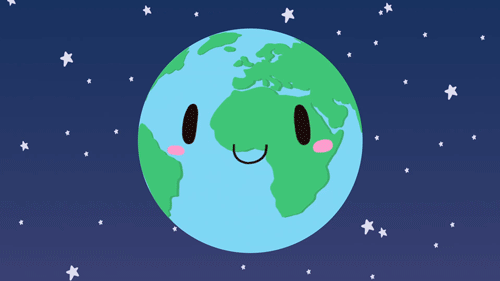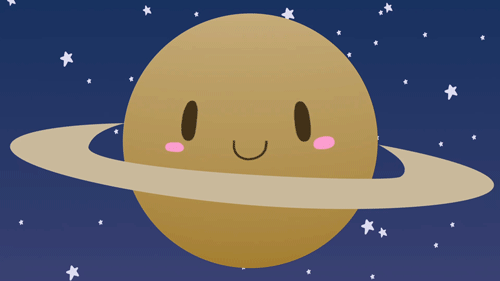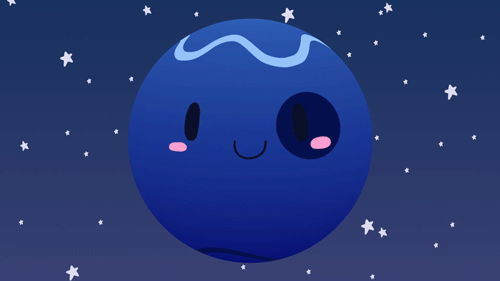Dive into your creative stream
Saturn... - Blog Posts
Random but I've been seeing videos about men embarrassing their wives on wedding day (smashing cake into their face, embarrassing wedding vows, even degrading sometimes 🤢) ik we've all seen that video of the woman with purple hair and her vows vs her husbands and if not, it's disgusting, the man goes on about keeping him satisfied sexually and she talks about how she's not good enough for him basically. And I recently saw a post by @zeldasnotes on Pluto dom people hating stuff like that and I've heard the same for Saturn doms too. As a Pluto dom and Saturn conjunct the MC I never found stuff like this funny I take embarrassment seriously and like others have been saying someone who loves you wouldn't try to embarrass you. Anyway this is something random that came into my mind, thoughts and opinions?
I look forward to the wedding! 🪐💍🤵💒❤❤❤

NNNNOOOOOOOOOOO
Saturn is my Master of the Nativity and that’s why I’m a Ravenclaw.

you are my son and i am saturn do you see it? this is you and me i want you to know as you're being eaten the lights will be on and that this is you and me
"Saturn" by Xiu Xiu
My Etsy: LINK / My Ko-Fi: LINK


Okay so, my grandma sent these pictures to me and my mom. It's really cool and surprising too, on my side we are not able to see this kind of stuff but on my grandma's side she is able to see it. I honestly don't really know what to say but it's cool.
Ps, I just realized that my nose piercing is of Saturn

Saturn~
Kaiju Paradise, art by me~

Saturn~
Kaiju Paradise, art by me~

saw some images of saturn in ultraviolet and got inspired. now get ready to meet these two
her little possum dragon pet is made out of oxygen and inflates when heated, like a marshmallow in a microwave. it can get ridiculously big that way, but it will also fade away at some point. good thing is, saturn can just make another one out of ice from her rings


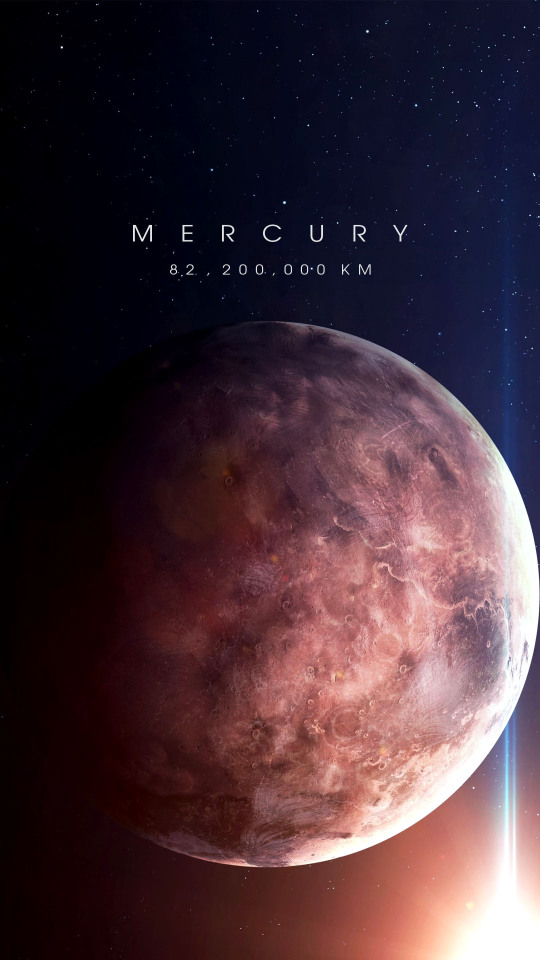



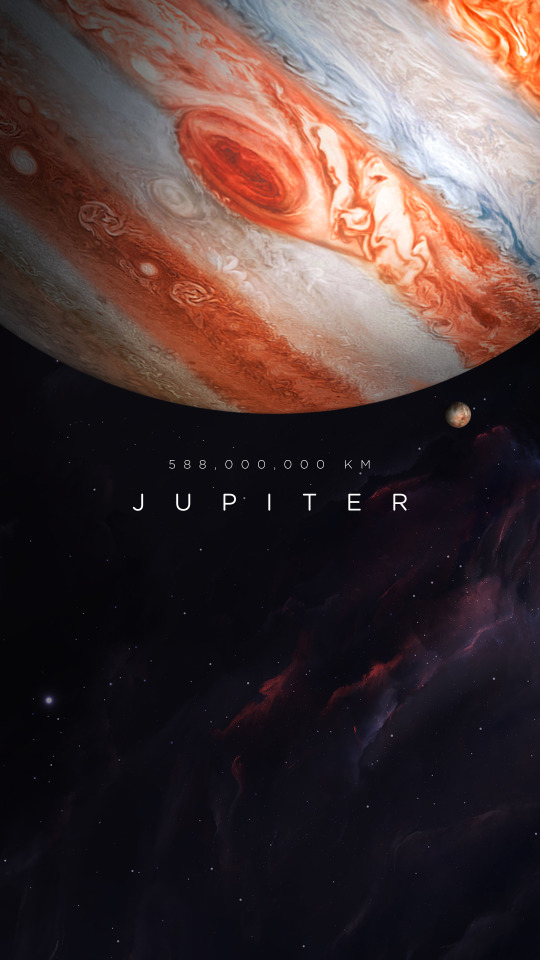
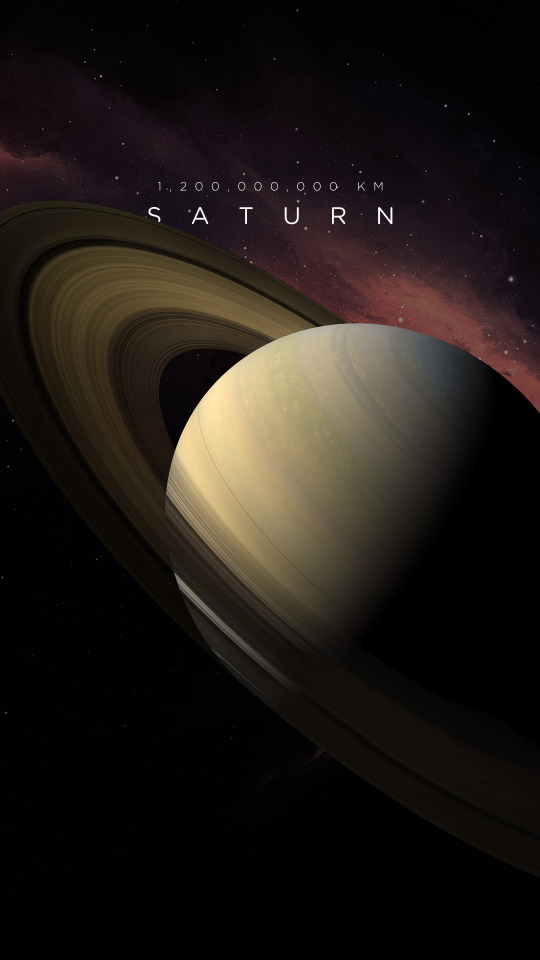
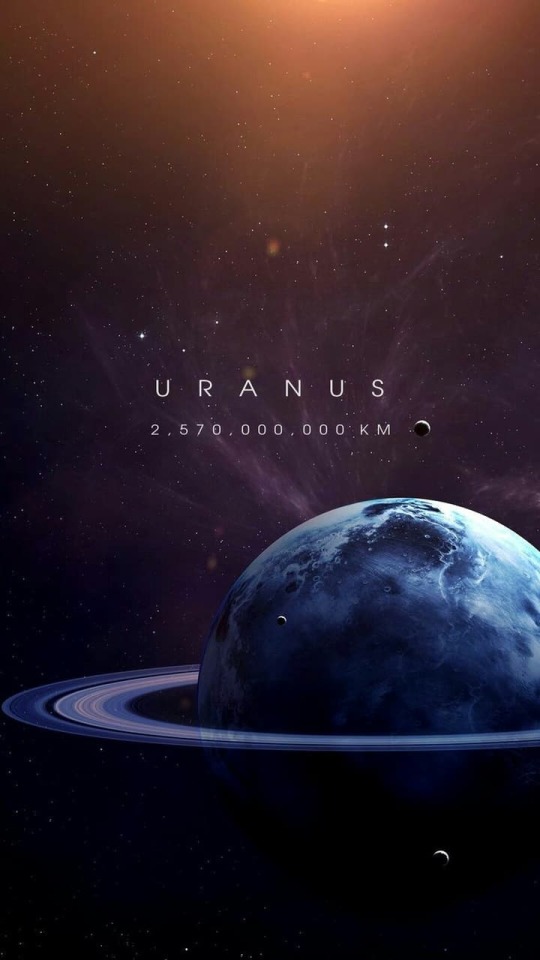

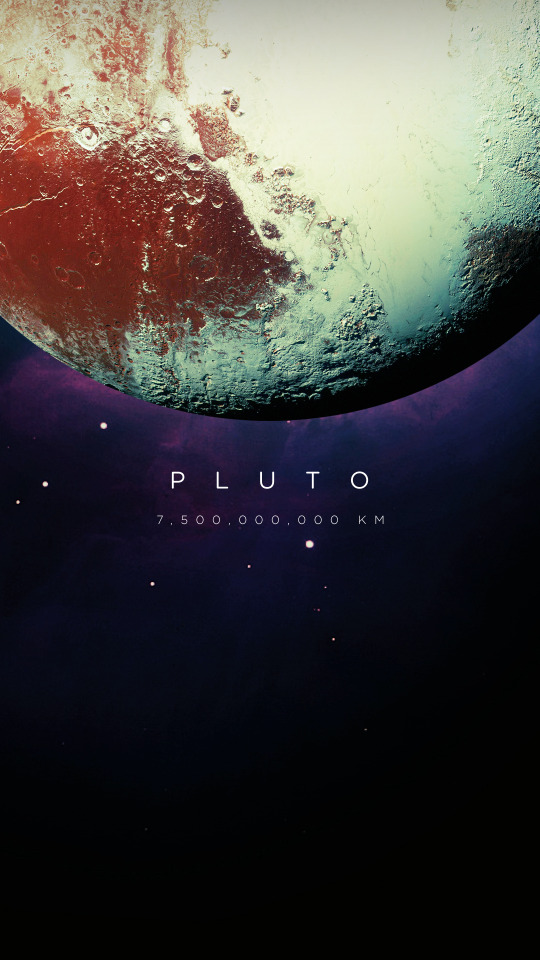
Our Amazing Solar System
(:


Cosmic Smiley Face (:
Here’s an HDR (High Dynamic Range) version I made, along with a wide single shot of the lunar conjunction with Venus and Saturn (gear in tags)
astronycc
Saturn will square my Saturn this coming year and guys I am not prepared. I'm still dealing with Saturn square Pluto


Constellation app provided this pic.
do you have a favourite planet etc?

Of course Saturn brought its ring light.
On June 25, 2023, our James Webb Space Telescope made its first near-infrared observations of Saturn. The planet itself appears extremely dark at this infrared wavelength, since methane gas absorbs almost all the sunlight falling on the atmosphere. The icy rings, however, stay relatively bright, leading to Saturn’s unusual appearance in this image.
This new image of Saturn clearly shows details within the planet’s ring system, several of the planet’s moons (Dione, Enceladus, and Tethys), and even Saturn’s atmosphere in surprising and unexpected detail.
These observations from Webb are just a hint at what this observatory will add to Saturn’s story in the coming years as the science team delves deep into the data to prepare peer-reviewed results.
Download the full-resolution image, both labeled and unlabeled, from the Space Telescope Science Institute.
Make sure to follow us on Tumblr for your regular dose of space!
The Great Conjunction of Jupiter and Saturn

Credits: NASA/Bill Ingalls
Have you noticed two bright objects in the sky getting closer together with each passing night? It’s Jupiter and Saturn doing a planetary dance that will result in the Great Conjunction on Dec. 21. On that day, Jupiter and Saturn will be right next to each other in the sky – the closest they have appeared in nearly 400 years!
Skywatching Tips from NASA

Credits: NASA/JPL-Caltech
For those who would like to see this phenomenon for themselves, here’s what to do:
Find a spot with an unobstructed view of the sky, such as a field or park. Jupiter and Saturn are bright, so they can be seen even from most cities.
An hour after sunset, look to the southwestern sky. Jupiter will look like a bright star and be easily visible. Saturn will be slightly fainter and will appear slightly above and to the left of Jupiter until December 21, when Jupiter will overtake it and they will reverse positions in the sky.
The planets can be seen with the unaided eye, but if you have binoculars or a small telescope, you may be able to see Jupiter’s four large moons orbiting the giant planet.
How to Photograph the Conjunction

Credits: NASA/Bill Dunford
Saturn and Jupiter are easy to see without special equipment, and can be photographed easily on DSLR cameras and many cell phone cameras. Here are a few tips and tricks:
These planets are visible in the early evening, and you'll have about 1-2 hours from when they are visible, to when they set. A photo from the same location can look completely different just an hour later!
Using a tripod will help you hold your camera steady while taking longer exposures. If you don’t have a tripod, brace your camera against something – a tree, a fence, or a car can all serve as a tripod for a several-second exposure.
The crescent Moon will pass near Jupiter and Saturn a few days before the conjunction. Take advantage of it in your composition!
Get more tips HERE.
Still have questions about the Great Conjunction?
Our NASA expert answered questions from social media on an episode of NASA Science Live on Thursday, Dec. 17. Watch the recording HERE.
Make sure to follow us on Tumblr for your regular dose of space: http://nasa.tumblr.com.
What’s Up in December 2020 – Skywatching Tips from NASA!
Catch the Geminids meteor shower as the peak coincides with darker skies during a new Moon. Plus, Jupiter and Saturn appear closer than in decades, and the winter solstice arrives. Check this out for when and where to observe! Make sure to follow us on Tumblr for your regular dose of space: http://nasa.tumblr.com.

We are swooningggg over this NEW Saturn image.
Saturn is so beautiful that astronomers cannot resist using the Hubble Space Telescope to take yearly snapshots of the ringed world when it is at its closest distance to Earth. 😍
These images, however, are more than just beauty shots. They reveal exquisite details of the planet as a part of the Outer Planets Atmospheres Legacy project to help scientists understand the atmospheric dynamics of our solar system's gas giants.
This year's Hubble offering, for example, shows that a large storm visible in the 2018 Hubble image in the north polar region has vanished. Also, the mysterious six-sided pattern – called the "hexagon" – still exists on the north pole. Caused by a high-speed jet stream, the hexagon was first discovered in 1981 by our Voyager 1 spacecraft.
Saturn's signature rings are still as stunning as ever. The image reveals that the ring system is tilted toward Earth, giving viewers a magnificent look at the bright, icy structure.
Image Credit: NASA, ESA, A. Simon (GSFC), M.H. Wong (University of California, Berkeley) and the OPAL Team
Make sure to follow us on Tumblr for your regular dose of space: http://nasa.tumblr.com
Strap in for a Tour of the Milky Way

The night sky isn’t flat. If you traveled deep into this part of the sky at the speed of the radio waves leaving this tower, here are some places you could reach.
Jupiter: Travel time – 35 minutes, 49 seconds.

The closest object in this view is the planet Jupiter, brilliant now in the evening sky…and gorgeous when seen up close by our Juno spacecraft. Distance on the night this picture was taken: 400 million miles (644 million kilometers).
Saturn: Travel time – one hour and 15 minutes.

The next closest is Saturn, another bright “star” in this summer’s sky. On the right, one of the Cassini spacecraft’s last looks. Distance: 843 million miles (1.3 billion kilometers).
Pluto: Light-speed travel time from the radio tower – four hours, 33 minutes.

It’s not visible to the unaided eye, but Pluto is currently found roughly in this direction. Our New Horizons space mission was the first to show us what it looks like. Distance: more than 3 billion miles.
F-type star, HD 169830: Light-speed travel time from the radio tower – 123 years.

Within this patch of sky, there’s an F-type star called HD 169830. At this speed, it would take you 123 years to get there. We now know it has at least two planets (one of which is imagined here) — just two of more than 4,000 we've found…so far.
The Lagoon Nebula: Light-speed travel time from the radio tower – 4,000 years.

If you look closely, you’ll see a fuzzy patch of light and color here. If you look *really* closely, as our Hubble Space Telescope did, you’ll see the Lagoon Nebula, churning with stellar winds from newborn stars.
Black hole, Sagittarius A*: Light-speed travel time from the radio tower – 26,000 years.

In 26,000 years, after passing millions of stars, you could reach the center of our galaxy. Hidden there behind clouds of dust is a massive black hole. It’s hidden, that is, unless you use our Chandra X-ray Observatory which captured the x-ray flare seen here.

The next time you’re under a deep, dark sky, don’t forget to look up…and wonder what else might be out there.
Make sure to follow us on Tumblr for your regular dose of space: http://nasa.tumblr.com.
A Tour of Storms Across the Solar System

Earth is a dynamic and stormy planet with everything from brief, rumbling thunderstorms to enormous, raging hurricanes, which are some of the most powerful and destructive storms on our world. But other planets also have storm clouds, lightning — even rain, of sorts. Let’s take a tour of some of the unusual storms in our solar system and beyond.
Tune in May 22 at 3 p.m. for more solar system forecasting with NASA Chief Scientist Jim Green during the latest installment of NASA Science Live: https://www.nasa.gov/nasasciencelive.

1. At Mercury: A Chance of Morning Micrometeoroid Showers and Magnetic ‘Tornadoes’
Mercury, the planet nearest the Sun, is scorching hot, with daytime temperatures of more than 800 degrees Fahrenheit (about 450 degrees Celsius). It also has weak gravity — only about 38% of Earth's — making it hard for Mercury to hold on to an atmosphere.
Its barely there atmosphere means Mercury doesn’t have dramatic storms, but it does have a strange "weather" pattern of sorts: it’s blasted with micrometeoroids, or tiny dust particles, usually in the morning. It also has magnetic “tornadoes” — twisted bundles of magnetic fields that connect the planet’s magnetic field to space.

2. At Venus: Earth’s ‘Almost’ Twin is a Hot Mess
Venus is often called Earth's twin because the two planets are similar in size and structure. But Venus is the hottest planet in our solar system, roasting at more than 800 degrees Fahrenheit (430 degrees Celsius) under a suffocating blanket of sulfuric acid clouds and a crushing atmosphere. Add to that the fact that Venus has lightning, maybe even more than Earth.
In visible light, Venus appears bright yellowish-white because of its clouds. Earlier this year, Japanese researchers found a giant streak-like structure in the clouds based on observations by the Akatsuki spacecraft orbiting Venus.

3. At Earth: Multiple Storm Hazards Likely
Earth has lots of storms, including thunderstorms, blizzards and tornadoes. Tornadoes can pack winds over 300 miles per hour (480 kilometers per hour) and can cause intense localized damage.
But no storms match hurricanes in size and scale of devastation. Hurricanes, also called typhoons or cyclones, can last for days and have strong winds extending outward for 675 miles (1,100 kilometers). They can annihilate coastal areas and cause damage far inland.

4. At Mars: Hazy with a Chance of Dust Storms
Mars is infamous for intense dust storms, including some that grow to encircle the planet. In 2018, a global dust storm blanketed NASA's record-setting Opportunity rover, ending the mission after 15 years on the surface.
Mars has a thin atmosphere of mostly carbon dioxide. To the human eye, the sky would appear hazy and reddish or butterscotch colored because of all the dust suspended in the air.

5. At Jupiter: A Shrinking Icon
It’s one of the best-known storms in the solar system: Jupiter’s Great Red Spot. It’s raged for at least 300 years and was once big enough to swallow Earth with room to spare. But it’s been shrinking for a century and a half. Nobody knows for sure, but it's possible the Great Red Spot could eventually disappear.

6. At Saturn: A Storm Chasers Paradise
Saturn has one of the most extraordinary atmospheric features in the solar system: a hexagon-shaped cloud pattern at its north pole. The hexagon is a six-sided jet stream with 200-mile-per-hour winds (about 322 kilometers per hour). Each side is a bit wider than Earth and multiple Earths could fit inside. In the middle of the hexagon is what looks like a cosmic belly button, but it’s actually a huge vortex that looks like a hurricane.
Storm chasers would have a field day on Saturn. Part of the southern hemisphere was dubbed "Storm Alley" by scientists on NASA's Cassini mission because of the frequent storm activity the spacecraft observed there.

7. At Titan: Methane Rain and Dust Storms
Earth isn’t the only world in our solar system with bodies of liquid on its surface. Saturn’s moon Titan has rivers, lakes and large seas. It’s the only other world with a cycle of liquids like Earth’s water cycle, with rain falling from clouds, flowing across the surface, filling lakes and seas and evaporating back into the sky. But on Titan, the rain, rivers and seas are made of methane instead of water.
Data from the Cassini spacecraft also revealed what appear to be giant dust storms in Titan’s equatorial regions, making Titan the third solar system body, in addition to Earth and Mars, where dust storms have been observed.

8. At Uranus: A Polar Storm
Scientists were trying to solve a puzzle about clouds on the ice giant planet: What were they made of? When Voyager 2 flew by in 1986, it spotted few clouds. (This was due in part to the thick haze that envelops the planet, as well as Voyager's cameras not being designed to peer through the haze in infrared light.) But in 2018, NASA’s Hubble Space Telescope snapped an image showing a vast, bright, stormy cloud cap across the north pole of Uranus.

9. At Neptune: Methane Clouds
Neptune is our solar system's windiest world. Winds whip clouds of frozen methane across the ice giant planet at speeds of more than 1,200 miles per hour (2,000 kilometers per hour) — about nine times faster than winds on Earth.
Neptune also has huge storm systems. In 1989, NASA’s Voyager 2 spotted two giant storms on Neptune as the spacecraft zipped by the planet. Scientists named the storms “The Great Dark Spot” and “Dark Spot 2.”

10. It’s Not Just Us: Extreme Weather in Another Solar System
Scientists using NASA’s Hubble Space Telescope made a global map of the glow from a turbulent planet outside our solar system. The observations show the exoplanet, called WASP-43b, is a world of extremes. It has winds that howl at the speed of sound, from a 3,000-degree-Fahrenheit (1,600-degree-Celsius) day side, to a pitch-black night side where temperatures plunge below 1,000 degrees Fahrenheit (500 degrees Celsius).
Discovered in 2011, WASP-43b is located 260 light-years away. The planet is too distant to be photographed, but astronomers detected it by observing dips in the light of its parent star as the planet passes in front of it.
Make sure to follow us on Tumblr for your regular dose of space: http://nasa.tumblr.com.











